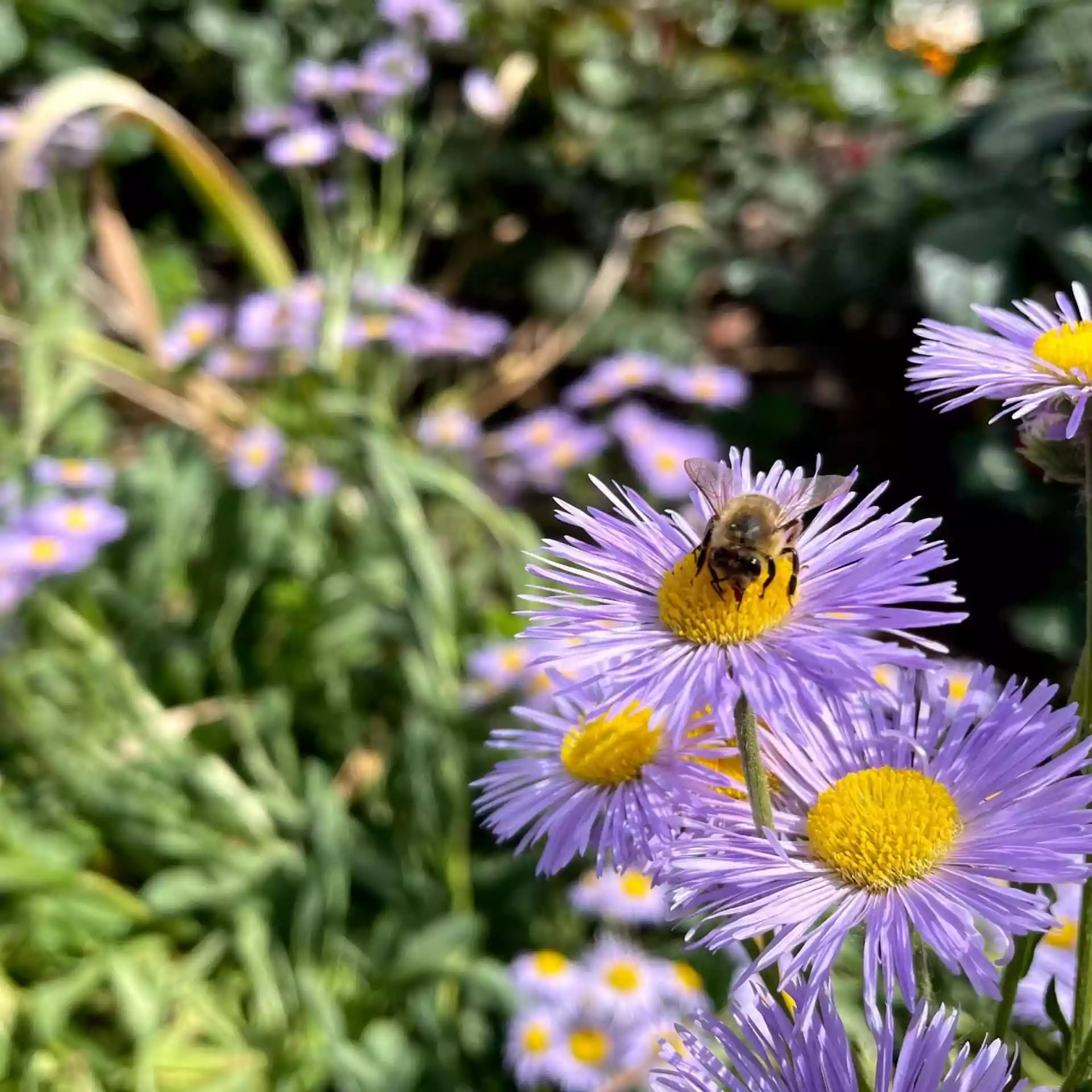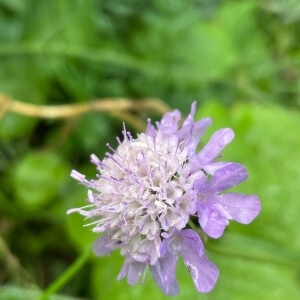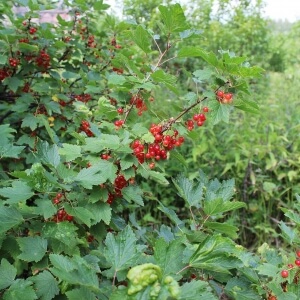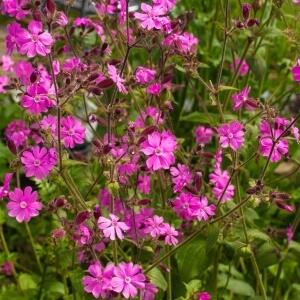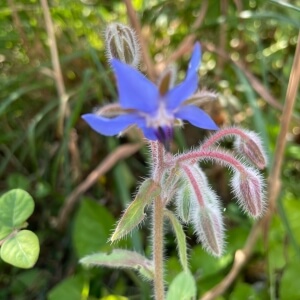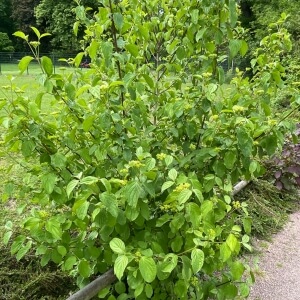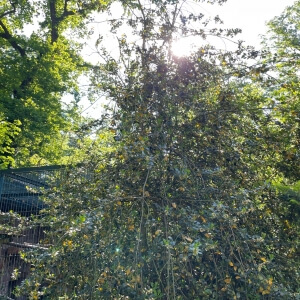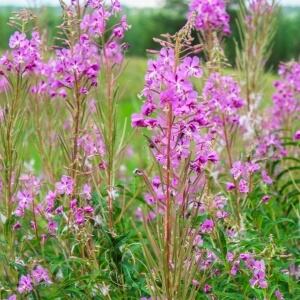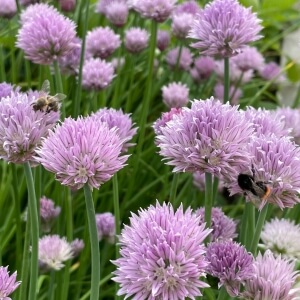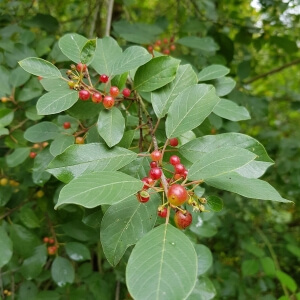Wildbienen sind die wilden Verwandten unserer Honigbiene. In Deutschland gibt es über 560 Arten von Wildbienen, in Mitteleuropa um die 750, weltweit etwa 25.000. Als wichtiger Bestandteil vieler Ökosysteme benötigen sie besonderen Schutz, zumal viele davon bereits vom Aussterben bedroht sind. Im Garten kann man eine Menge für die bedrohten Tiere tun: Mit ausreichend Nahrung und vielfältigen Lebensräumen.
Wildbienenpflanzen – Das Wichtigste auf einen Blick!
- Wildbienen bilden nur winzige Staaten wie die Hummeln oder leben solitär.
- Als Bestäuber sind sie ähnlich bedeutsam wie Honigbienen.
- Sie sind Hauptbetroffene des Bienensterbens und brauchen besonderen Schutz.
- Ein wildbienenfreundlicher Garten bietet Nistmöglichkeiten, Baumaterial und ausreichend Nahrung.
- Die Flugstrecken dazwischen sollten möglichst kurz sein.
- Abwechslungsreiche und eher nährstoffarme Ruderalflächen mit vielfältigem und kontinuierlichem Blütenangebot sind ideal.
- Trockene und warme Böden, Stängel und Totholz werden für Bruthöhlen verwendet.
- Einheimische Wildkräuter und Pflanzen mit viel Pollen und Nektar sind besonders bienenfreundlich.
- Mit einer geschickten Auswahl von Pflanzen mit unterschiedlicher Blütezeit steht in der gesamten Saison Futter zur Verfügung.
- Nisthilfen wie ein Wildbienenhotel oder Hummelhotel bieten Unterkunft und ermöglichen die Beobachtung der unbekannten Bienen.
